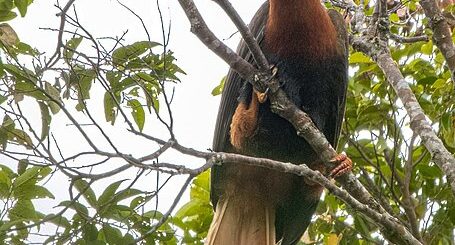Embracing Heritage – The Charm of Traditional Games in the Philippines

The Philippines, an archipelago of over 7,000 islands, is rich in cultural diversity and heritage. One of the most captivating aspects of this heritage is its traditional games. These games, often passed down through generations, reflect the values, history, and creativity of Filipino communities. Here in philippinature, we’ll explore some beloved traditional games and how they continue to shape social interactions today.
Patintero
Patintero, also known as “Hawak-Buhay,” is a classic street game played by children, typically in open spaces like streets or playgrounds. The game involves two teams: one team tries to cross a grid drawn on the ground, while the other team, the “taggers,” attempts to prevent them from crossing by tagging them. The game not only fosters teamwork and strategy but also encourages physical activity and agility.
Patintero showcases the importance of community play and teamwork. It’s often played during festivals or community gatherings, reinforcing social bonds among players.
Sipa
Sipa, which translates to “kick,” is a game similar to soccer but played with a rattan ball or a bundle of cloth. Players take turns kicking the ball into the air, trying to keep it from touching the ground. The objective is to perform the most kicks without letting the ball fall.
Sipa emphasizes skill, coordination, and individual perseverance. It has been recognized as a national sport and is often played in schools to promote physical fitness and sportsmanship.
Tug of War (Hila)
A game that needs no introduction, Tug of War, or “Hila,” involves two teams pulling on opposite ends of a rope. The goal is to pull the opposing team across a designated line. This game is commonly played during festivals and school events.
Hila is not just about physical strength; it also highlights teamwork and strategy. It teaches players the importance of unity and cooperation, values deeply rooted in Filipino culture.
Langit-Lupa
Langit-Lupa, meaning “Heaven and Earth,” is a tag game where players try to avoid being tagged by the “it” player. The game has designated safe zones, called “langit” (heaven) and “lupa” (earth), where players can rest without being tagged.
This game illustrates the concept of safe spaces in community interactions. It fosters quick thinking and agility while also teaching children the importance of boundaries and respect for each other’s space.
Chinese Garter
In this game, players use a long, elastic garter to create varying heights that players must jump over. The game starts with the garter at ankle height and gradually increases as players succeed.
Chinese Garter is a fun way to promote physical fitness and flexibility. It encourages friendly competition and camaraderie among players, often becoming a focal point during school breaks.
Luksong Tinik
Luksong Tinik, or “Jumping the Thorn,” is a game where players jump over an obstacle made of two people sitting with their feet raised. The height of the obstacle increases with each successful jump, and the game continues until no player can jump over the height.
This game emphasizes resilience and perseverance. It teaches players to overcome challenges and not give up, reflecting a common Filipino spirit of determination.
Tumbang Preso
One of the most popular outdoor games, Tumbang Preso translates to “knock down the prisoner.” Played with a soft can (often a tin can) and slippers or shoes, the objective is to knock down the can while avoiding being tagged by the “it” player. This game emphasizes teamwork, strategy, and agility, making it a favorite among children during gatherings.
Palo Sebo
Palo Sebo is a unique game often played during fiestas. It involves climbing a greased bamboo pole to reach a flag or prize at the top. This game tests physical strength, perseverance, and determination.
Tumbang Preso
One of the most popular outdoor games, Tumbang Preso translates to “knock down the prisoner.” Played with a soft can (often a tin can) and slippers or shoes, the objective is to knock down the can while avoiding being tagged by the “it” player. This game emphasizes teamwork, strategy, and agility, making it a favorite among children during gatherings.
Taguan (Hide and Seek)
A classic game known worldwide, Taguan has a unique Filipino twist. This game not only brings excitement but also fosters a sense of community as players scurry to find the best hiding spots.
Keeping Traditions Alive
Traditional games in the Philippines are more than just entertainment; they are a vital part of the nation’s cultural identity. As urbanization and technology reshape leisure activities, it’s essential to preserve these games and pass them on to future generations. Not only do they provide a sense of community and belonging, but they also instill values that are fundamental to Filipino culture.
Encouraging the younger generation to play these traditional games can help maintain cultural ties and promote an appreciation for heritage. So next time you find yourself in the Philippines, take a moment to join in a game of Patintero or Sipa, and experience the joy and unity that these traditional games bring.
References:
https://en.wikipedia.org/wiki/Traditional_games_in_the_Philippines
https://ent.abs-cbn.com/justlovekids/articles-news/5-traditional-filipino-games-for-kids-to-play-22290









